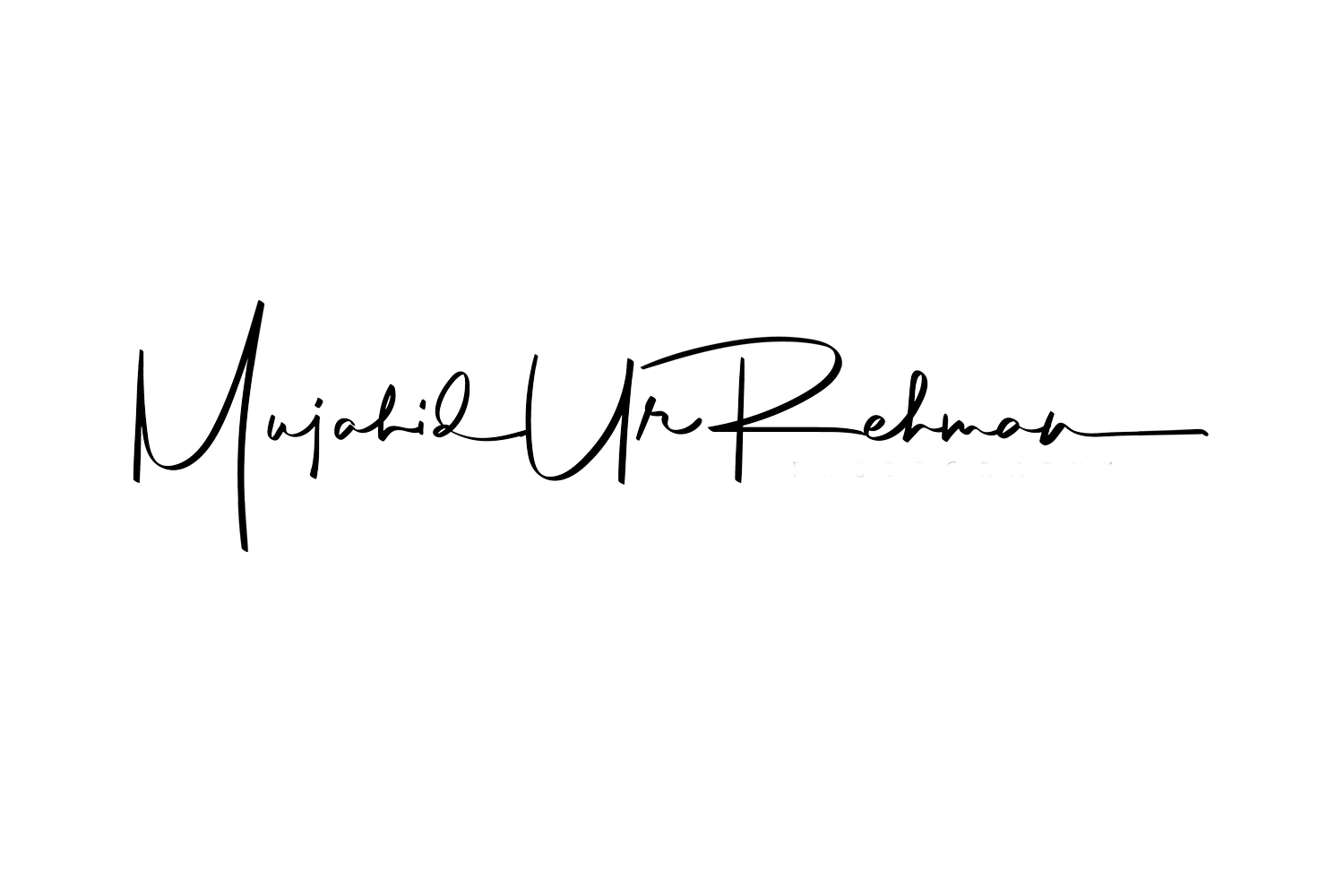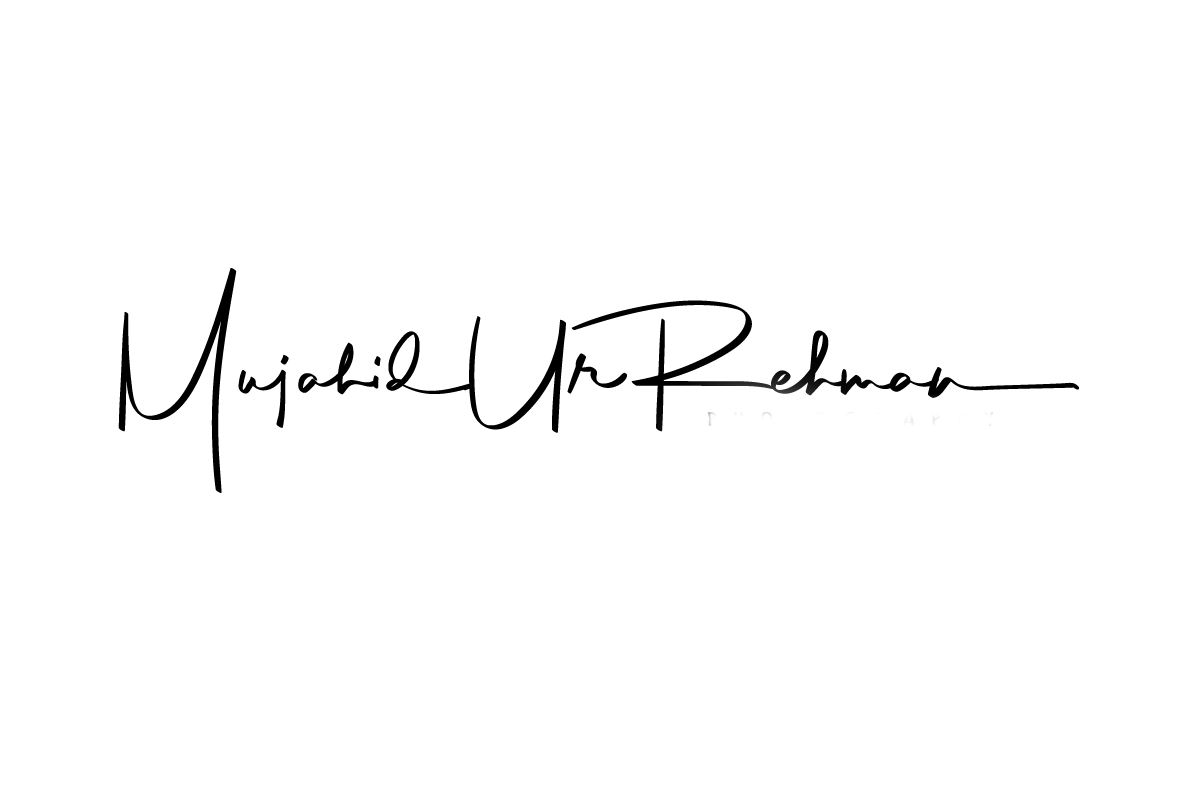Nikon AF-S 16-35mm f4G ED VR Lens Review
I have been using Nikon's 16-35mm for over 5 years now. It is my go to lens for landscape photography and my most favourite. The lens has many good qualities and there are a few downsides. Overall, the disadvantages are overshadowed by the advantages.
Nikon 16-35mm f4, officially known as, AF-S NIKKOR 16-35mm f/4G ED VR, is a wide angle lens that was released by Nikon in 2010. It gained popularity quite quickly and has since been a go to lens for photographers who like to shoot wide angle. The good thing is that you can zoom up to 35mm which almost brings it in to the category of being a mid-range 24-70mm lens.
ring size: 77mmweight (as measured by myself): 715 gms
First impressions
The thing that you immediately notice after holding it for the first time is that it is a big lens considering it is an f4 lens. Also, it falls under wide angle lens category which tends to have relatively smaller sizes. I am sure there are technical reasons for making it this way as I don't know the physics that happens inside the lens, but you can see this as a disadvantage when it comes to space in your bag, especially when you are hiking or travelling long distances. The second thing that you will feel is that it is heavy. 715 grams is not light when you are carrying it up the mountain, every gram on your back counts. Although the body is made with plastic, it is solid and you realise that as soon as you hold it. My 5 years of photography with this lens has seen some good and bad weather conditions, it has faced it all with a smile. Let me put it that way, it's not plasticy. You feel confident when you have a grip on its rubber focus or the zoom band/dial. The focus and the zoom rings are a bit far apart which is plus side.
It is an FX lens, mind that!
The good thing about Nikon is that the lenses are interchangeable and compatible across formats. Well, at least it is true for this lens which is meant for full-frame bodies but goes on to crop-sensor bodies called DX in Nikon terms. I have used it on my crop body only once in emergency. My opinion is quite straight forward, the price you pay for this lens is to go on to a full-frame body, don't buy it for a DX body. If you really want a wide angle lens for a DX body you own, rather find a nice equivalent lens of a DX format.
Dark Corners and Barrel Distortion
I have noticed dark corners on my images with this lens but they are not noticeable to an untrained eye. At f4 you get the most dark corners, but as you up your f-value, they become less, especially when you are shooting at a narrow aperture of f8 or above, which you usually do as a landscape photographer. To a trained eye however, it is easy to pickup the dark corners. As a general statement, I would say that you don't need to worry about dark corners as they can be treated.
Here are dark corners at 16mm with f4, f5,6, f8 and f11 of aperture values. You will notice that dark corners start disappearing at f8, at f11, they are hardly visible. Click on the images below.
There is barrel distortion at 16mm, but as you zoom in and take photos, the barrel distortion becomes less and less. However, even at 16mm, the barrel distortion is not bad as some wide angle lenses I have used. The barrel distortion and dark corners disappear with one click of "Profile Corrections" in Adobe Lightroom. As with any other wide angle lens's Profile Correction, you lose parts of image as the image stretches a tiny bit from the corners when profile correction takes place. Click on the images below to see the difference.
Filter options
The king of Nikon wide angle lenses, 14-24mm f2.8, has a glass that bulges out which makes it impossible to put filters on without a special filter holder. Unlike the king, this wide angle lens has a 77mm ring on which you can not only screw-in normal circular filters like a UV, polarizer or an ND, but also mount filter holders for more complex filter combinations. That's a huge advantage this lens has over 14-24mm, and this was one of my considerations when purchasing it.
focus and sharpness
This is a sharp lens that results in great image quality and that's the most important reason why it is popular. It's focus system is extremely efficient and the motor doesn't fuss or make a noise. Again, this lens is mostly suited for wide angles, generally used for landscapes, so I don't believe focusing speed is an issue. At its widest angle, it is able to focus within a feet away from you. Wide angle shots generally tend to have a foreground interest in terms of rocks, water or flowers etc., what else do you want if you are able to focus on it. I tried it with my cup on the coffee table, it focused on it at 11 centimeters the edge of the lens... I simply love it.
As you reduce the aperture size i.e. go to a higher f-value, the corners of the image start to lose sharpness. In other words, the image gets a bit "softer" on the sides. To my eyes, f11 is the sweetest spot of this lens. At f11, you get a good depth of field and a sharp image. I must admit, I generally shoot at f11 or f14 myself and I can't complain, I have printed my images to up to 2 meters wide and the results have been amazing, thanks also to an amazing Nikon D810 camera body. As you go above f14 onwards, the image quality drops. At f22, the foreground and the background are quite soft as compared to f11.
Here is a zoomed-in view of my scene shot at f8, f11 and f22. You can clearly see that the mountain is quite crisp at f11. At f22, not only the foreground, but the background is soft. At f11, the image is the sharpest from front to back. Click on the images to view them large on a separate page. Note that the image is of the mountain that is a kilometer away, i am not showing the foreground which was crisp at f11.Here is a comparison at f8 and f11. Image at f11 is sharper than f8, I am not showing the foreground which was very sharp at f11.Here is a foreground comparison at f11 and f8, both images were equally sharp.
Lens Flare
This is a touchy point for me, the lens flare to get the perfect sunburst is just not acceptable. The image you see below will tell you what I mean. It might not be fully visible on the web versions of this images, but there are some faint giant spots of flare that I had to remove in photoshop. I normally use the "thumb down" approach, I take two images and then blend them in photoshop (Google it). The shot of the lonely tree was shot at f16, and the other two were shot at f22 to get a sunburst, I wasn't very impressed. Click on the images to view them large.
Vibration Reduction (VR)
The VR mode needs to be turned off when using this camera on a tripod, that's my standard rule, you may choose to disagree. However, the VR feature, as per the reviews I have read online, is a useful feature when it comes to handheld shots. It will be unfair of me to make a judgment when I hardly shoot with this lens handheld.
Don't buy it for low light or night photography
You CAN do night photography with it but at a cost of raising your ISO levels and bumping up noise. I, however, have given up on doing night photography with it and I own a Sigma 14-24mm f2.8 lens. Nikon 16-35mm is a pro lens, again, I don't know the physics behind the lenses, but I just don't understand why they didn't make it an f2.8 like its predecessor, the 17-35mm f2.8 lens. Those few extra stops that an f2.8 or f1.8 lens gives you are extremely precious when it comes to night photography of the stars and the milkway. I keep this lens on for most part of my photography, I only switch to the Sigma when doing night photography.
Don't buy for people's photography
If you put a person in the middle of your frame with this lens, it's ok, but never try putting a person towards the sides, their faces will be elongated and even profile correction will not be able to fix that. The barrel distortion is not acceptable for group photos and portraits where the person is on either side of the frame. I learnt this the hard way after doing a wedding shoot!
Conclusion and My verdict
Now that you know that I have been using it for 5 years, it might come across as a biased opinion that this is a go to lens for Nikon users when it comes to wide angle lenses. I would have switched to another lens long time ago if I didn't think so. Sharpness, quality and ease of use are what I went for, and I am glad this lens delivers that. You'll find this lens in the kit of most wide-angle lens lover landscape photographers!
Use Nikon 16-35mm VR if you
Don’t need a shallow depth-of-field like f2.8 or f1.8 (or don't do low light photography)
need flexibility with the focal length
shoot landscapes
want to use filters
Muji


















